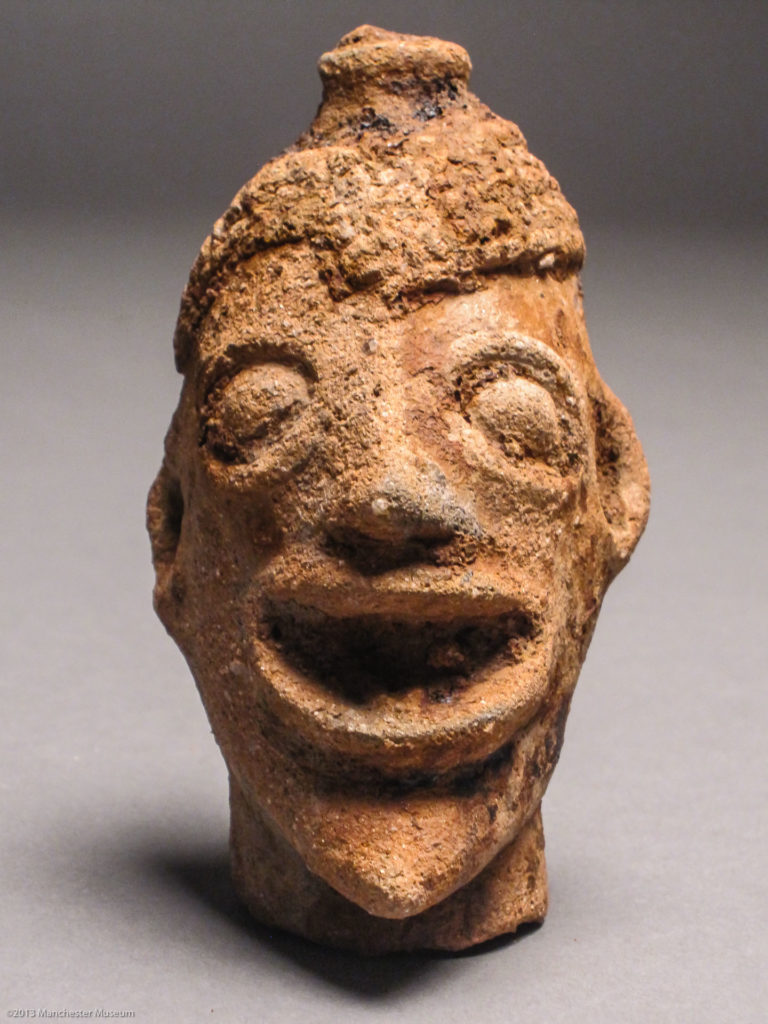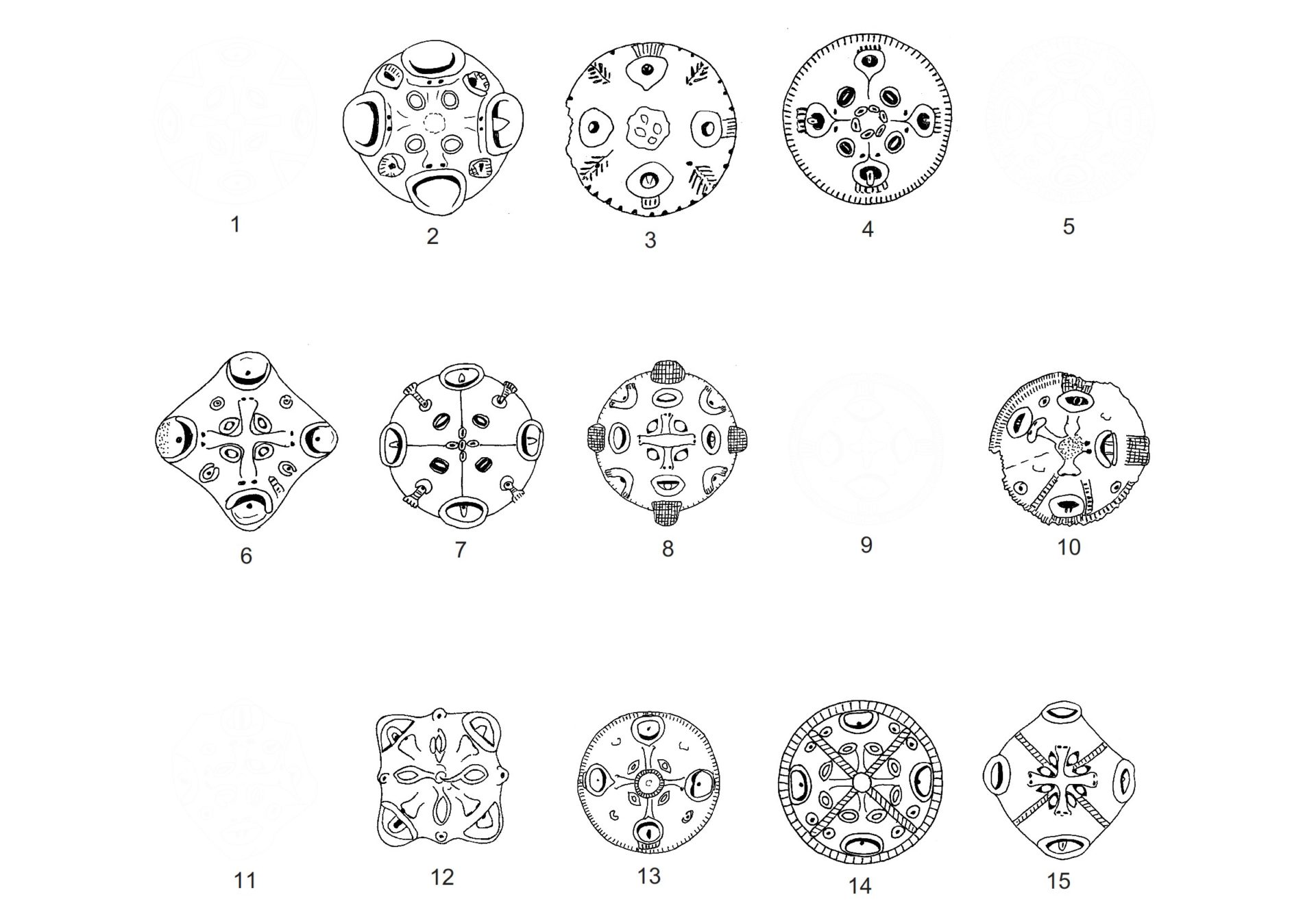Ancient Koma Figurines
There are many more questions than answers about these clay statuettes left behind by settlers over 1000 years ago in the Mamprugu Moagduri District.




Yikpabongo is a fairly remote village in the western half of the Region’s most western district Mamprugu Moagduri. In a predominantly Mamprusi area, this village and a few others are populated by the Koma who speak an entirely different language.


The Story Behind the Figures
When digging pits for clay to build their homes, the people of Yikpabongo and other nearby villages occasionally dug up clay statuettes in the ground. Some were of people others of animals, occasionally even a person riding an animal! The locals dubbed them kronkronbua which means “Olden Days Children” in Koma.

In the 1960s, some Mossi traders passing through saw these and took some of them with them. They later came back and asked for more, saying they were for their children to play with.
It turns out, they recognized these as antiquities that had value and were swindling the locals.
In the 1980s, word reached a Ghanaian archaeologist and he went to this remote site to excavate in 1985. He was amazed at both the quality and quantity of what he found.
It wasn’t until over two decades later that a larger expedition was organized and funded. They began excavating mounds around the community and unearthed dozens of fascinating artifacts ranging from figurines to decorated clay discs.




Who Made the Koma Statues?
Little is known about the people who made the figurines. They have no connection with the current inhabitants of the region. We know they were farmers who used iron tools and lived in villages, and who had complex religious beliefs.
…
What ultimately happened to the Koma figurine makers is unknown. The area was depopulated, possibly because of migration, disease or warfare. Alternatively, slavery might have been the cause, with the population either removed north to the largely Muslim lands or south to what later became the point of departure for European controlled Atlantic slave routes.…
The figurines have been recovered from earth mounds, some of which have a stone ring or a stone covering layer, in Yikpabongo. Initially these were interpreted as burial mounds. This has since been revised to suggest the mounds were shrines used to dispose of ritually powerful objects and substances.…
Fragmentary Ancestors
The mounds have been radiocarbon and thermoluminescence dated to between the 6th and 14th centuries AD.
In the video below Professor Timothy Insoll discusses the Koma Land terra-cotta figures.
Visiting Yikpabongo to See the Artifacts
Yikpabongo is in the far west of Ghana’s North East Region. To get there you would travel to the Mamprugu Moagduri District capital of Yagaba and then head west on the road to Wa.



Location
Resources
A lot has been written about this find but by far the best resource is: the exhibit book Fragmentary Ancestors book
- Article in Wall Street International Magazine about the 2013 Koma Land Figurines exhibit in Manchester
- Transcript of an interview with Dr. Timothy Insoll about the Koma Land figurines
- Professor. Timothy Insoll’s Chapter on West Africa in the Oxford Handbook of Prehistoric Figurines
- https://www.komaland.com

Leave a Comment